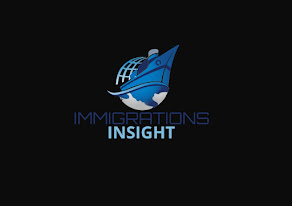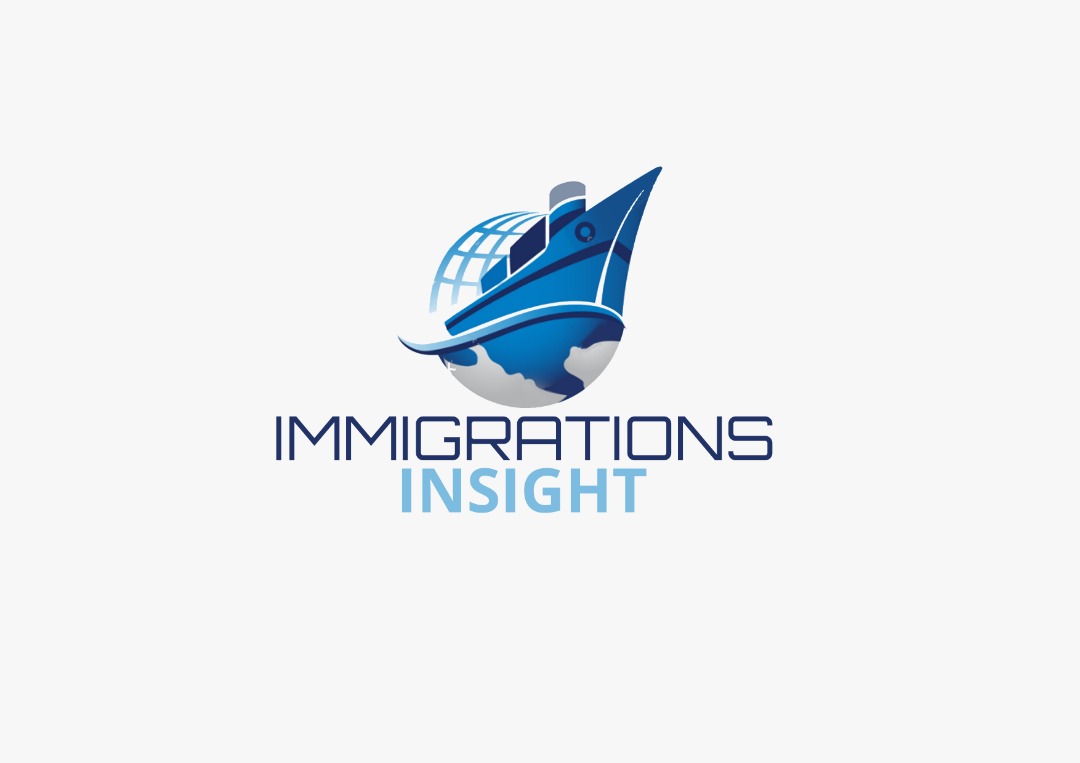Saskatchewan increases the list of eligible in-demand occupations.
By Nneka OdilichukwuThe Saskatchewan province has increased the list of in-demand occupations linked to both its In- Demand Occupation category and Express Entry.
The In-demand Occupations used to be 19 occupations, but has now been increased to more than 200.
After the overhaul and reshuffling, More than 200 occupations may now be eligible, for Saskatchewan Permanent resident.
These are two popular streams within the Saskatchewan Immigrant Nominee Program (SINP) that do not require a job offer or work experience in Canada in order for a candidate to be eligible.
One of these streams, the Express Entry sub category , is for candidates who also have a profile in Canada’s federal Express Entry pool.
Candidates in the Express Entry pool who obtain a provincial nomination through the SINP’s.
The other stream, the In-Demand Occupation Sub-Category, has been made available to candidates who are not in the Express Entry pool. If nominated, these candidates would apply for permanent resident, outside of express entry, which is slower by comparison.
Express Entry sub-category, are awarded an additional 600 points towards their ranking score, effectively guaranteeing an invitation to apply for Canadian permanent residence.
Both immigration sub-categories require work experience in an eligible high-skilled occupation, among other criteria. A high-skilled occupation is one that is rated skill level A or B or Skill Type 0 under Canada’s National Occupational Classification, or NOC.
Read Minimum amount needed by an Express Entry or Permanent resident applicant and work-study candidates
To apply for Saskatchewan provincial nomination, you must have a minimum of 1-2years work experience in the past 10years and certification in any of these Saskatchewan occupation in-demand.
This is the list of the previous Saskatchewan occupation In-Demand.
Saskatchewan previous In-Demand Occupations List National
Occupation
Classification
(NOC). Occupations
0423. Managers in social and community services
1311 Accounting technicians
2174 Computer
Programmers and interactive media developers
2251 Architectural technologists and technicians
3211 Medical laboratory technologists
3215 Medical Radiation
Technologists
3216 Medical sonographers
3234 Paramedics
4151 Psychologists
4212 Social and community service workers
4214 Early childhood educators and assistants
4215 Instructors of persons with disabilities
5254 Program leaders and instructors in recreation, sport and fitness
6331 Meat cutters
6332 Bakers
7292 Glaziers
7312 Heavy-duty equipment mechanics
7321 Automotive service technicians, truck and bus mechanics
7322 Motor vehicle body repairers
This was the initial In-Demand occupation List of Saskatchewan, before it was updated and increased to over 200 In-Demand occupation on Sept, 2019.
The other stream, the In-Demand Occupation Sub-Category, has been made available to candidates who are not in the Express Entry pool.
These candidates would apply for permanent residence outside of Express Entry, if they were eventually nominated, which is generally slower by comparison
Rather than listing the occupations that are now eligible, the SINP is only listing the 129 occupations that are excluded .
Read Provincial Nomination and how to apply to Canadian Provinces for Permanent Resident
This leaves more than 200 occupations that may now be eligible. Both Express Entry candidates and individuals considering immigrating to Saskatchewan through the In-Demand Occupation Sub-Category must register a separate Expression of Interest with the SINP.
These SINP streams have long been a great pathway for eligible candidates, albeit with work experience in a very limited number of occupations, to pursue nomination and then permanent residence in Canada.







































